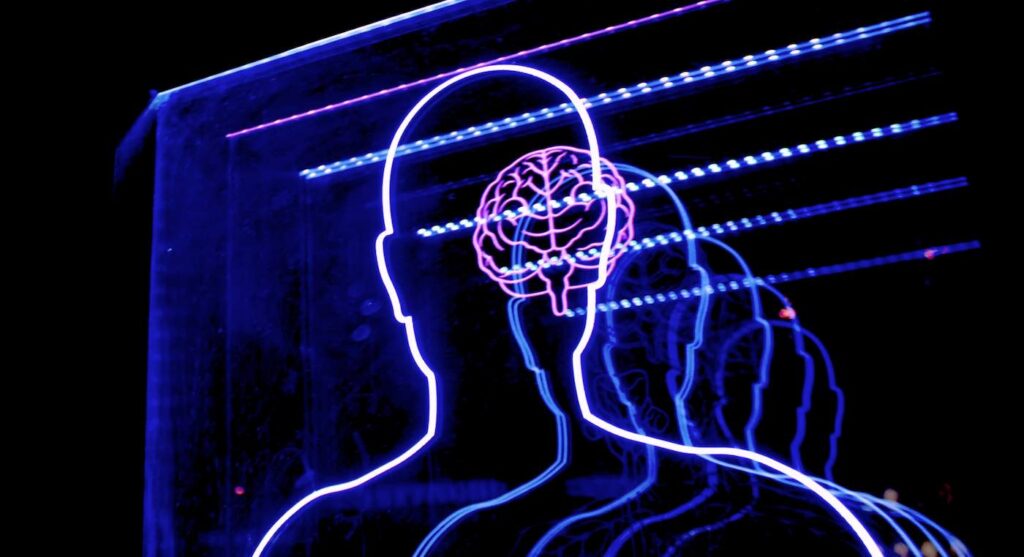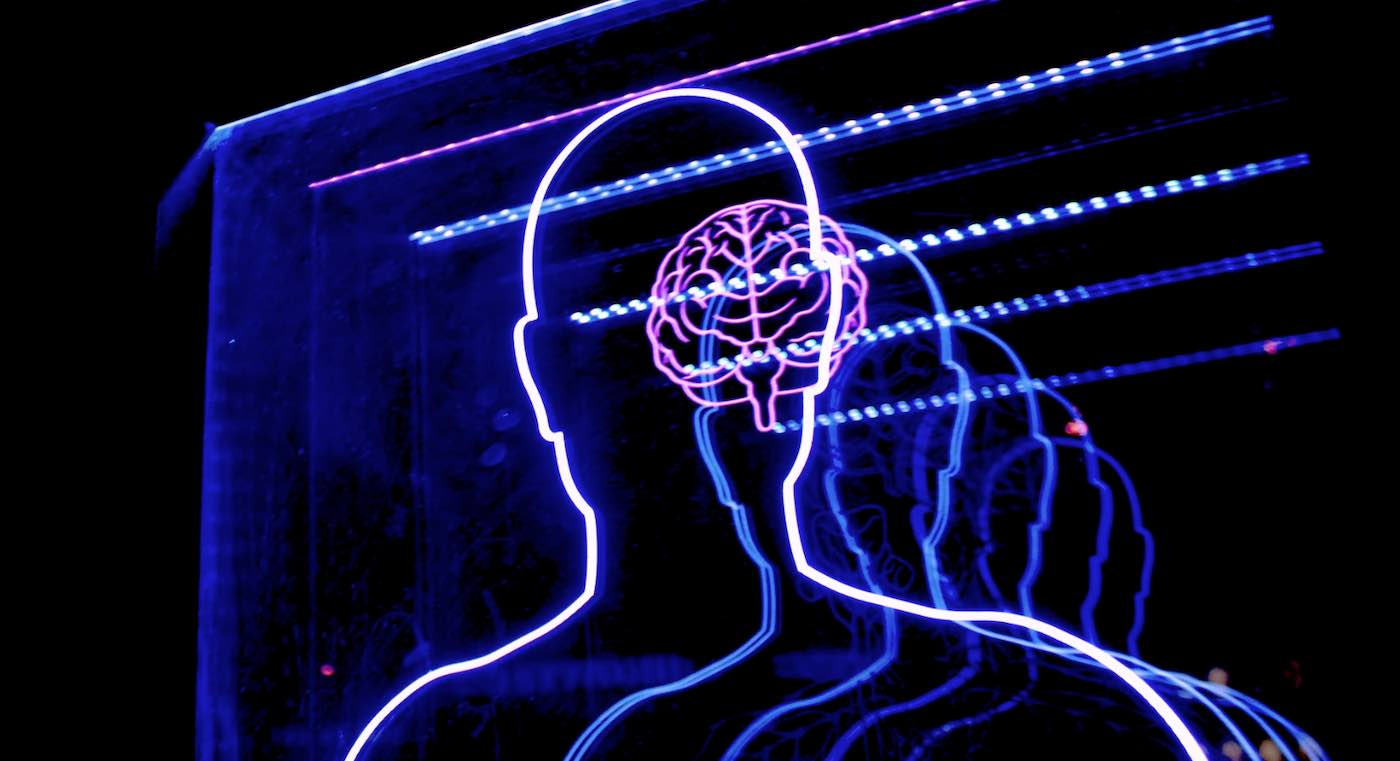
Researchers found that twice-daily current stimulation sessions of around 20 minutes improved the memory and overall cognitive performance of elderly people living with Alzheimer’s disease.
The innovative technology, known as transcranial direct current stimulation (tDCS), could also be used as a treatment to improve brain plasticity in Alzheimer’s sufferers through the formation of new neural networks, collections of neurons that fire together.
The tDCS technology is delivered via a device with two electrodes placed over specific areas of a person’s head, which transmits a constant, low-intensity electrical current.
It’s already beginning to be used across many areas of medicine, including for the treatment of depression, and a similar method was even able to zap paralyzed limbs into motion again.
The researchers from China recruited 140 patients with mild to moderate Alzheimer’s and randomly allocated whether they would receive the two daily sessions of the active low-intensity current, or a sham version of the tDCS in a control or placebo group.
Each participant received their respective treatment five days a week, over a maximum period of six weeks.
All participants were over the age of 65 and had had the disease for more than six months, with all also having scored below 26 on the Mini-Mental State Exam (MMSE), in which a score of less than 24 is seen as abnormal and indicative of cognitive impairment.
The currents were applied to the prefrontal cortex—the region of the brain involved in higher-order activities such as planning, decision-making, working memory, moderating social behaviors, and controlling aspects of speech and language.
The researchers then used a different scale called the Alzheimer’s Disease Assessment Scale-Cognitive Test, which focuses on language and memory, to evaluate cognitive performance at the start of the trial, after two weeks, and again after six weeks.
The results of the study showed that after two weeks, tDCS significantly improved the cognitive function of those who received the treatment, particularly their word recall, recall of test instructions, and word recognition.
No such improvements were noticed in the group receiving the sham treatment.
The results also showed that although cortical plasticity is impaired in those with Alzheimer’s, this improved in patients after six weeks of tDCS.
MORE ALZHEIMER’S TREATMENT UPCOMING: Is This the End of Alzheimer’s? MEND Protocol of Precision Lifestyle Changes Leads to Compelling Clinical Trials
“Taken together, tDCS is a promising method for improving cognitive function with sufficient treatment,” First author Liu Xingxing, from the Zhejiang University in China.
“tDCS can significantly improve the working memory of older patients, and the stimulation changes the resting-state functional connectivity of the frontoparietal brain region,” the authors wrote.
SHARE This With Anyone You Know Who’s Had An Alzheimer’s Diagnosis…




















